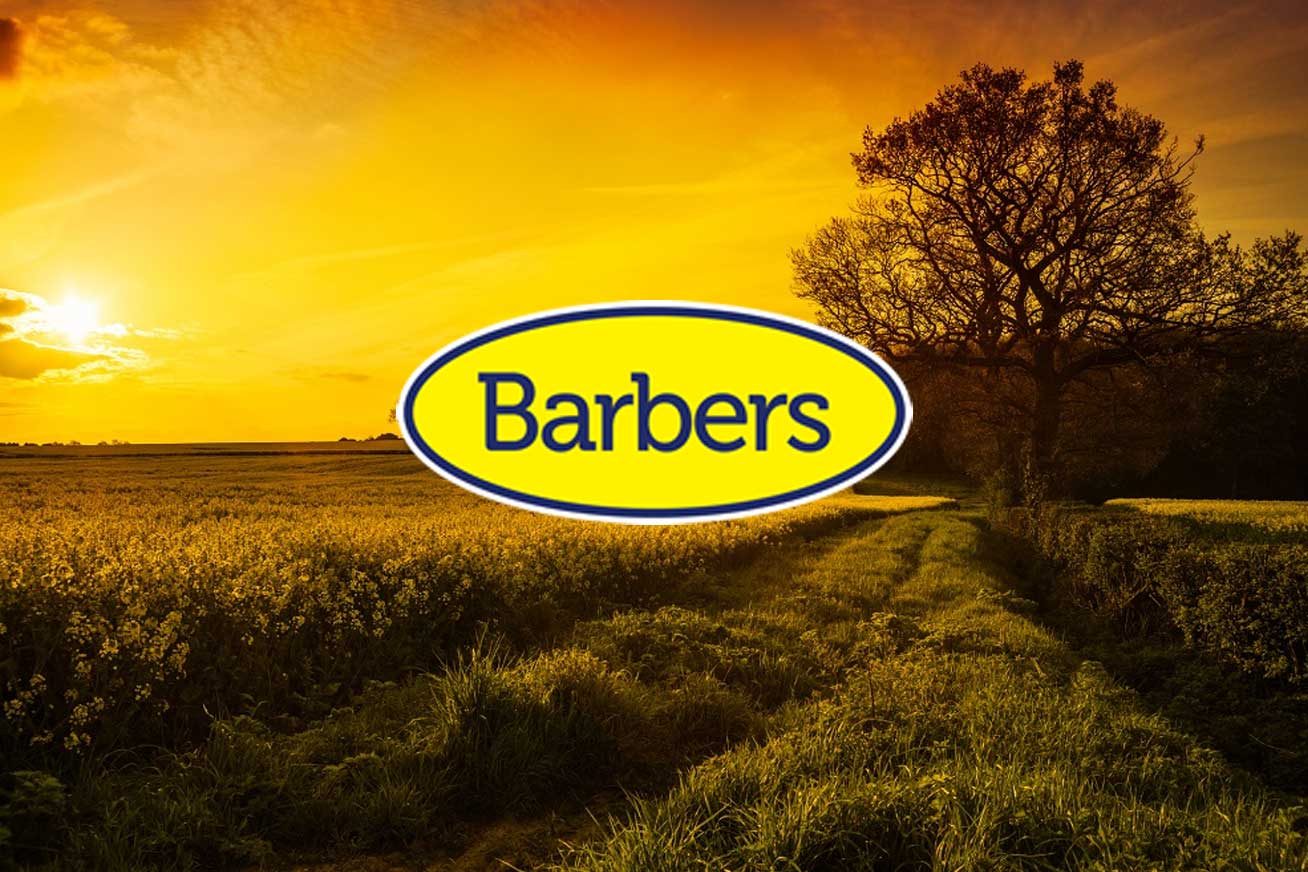Buying or selling a house in the countryside? Chances are someone will bring up septic tanks — and suddenly your idyllic rural dream turns into a chat about pipes, pits, and percolation tests. Glamorous, isn’t it?
One question we hear all the time:
“Is a soakaway the same thing as a drainage field?”
In short: Nope. Not even close. And if your septic tank is still connected to one, you could be in hot water (literally).
What’s a Soakaway?
Imagine digging a big hole, chucking in some rubble, and letting water disappear into it. That’s your classic soakaway. Brilliant for rainwater from your gutters, utterly useless for raw sewage.
Why? Because septic tank effluent doesn’t get treated in a soakaway — it just seeps out. Straight into the soil. Possibly towards a ditch or stream. Not exactly environmentally friendly, and very much not allowed under today’s rules.
What’s a Drainage Field?
A drainage field is the posh cousin of the soakaway — engineered, planned, and actually legal. It’s a network of perforated pipes laid out over a decent area of land, allowing the soil itself to filter and treat the wastewater safely.
To count as compliant, it has to follow British Standard BS?6297 and keep its distance:
- 10 metres from watercourses
- 15 metres from houses
- 50 metres from wells or drinking water
It’s like giving your septic tank a proper detox retreat instead of a dodgy back?alley drain.
The Rule Everyone Trips Over
The General Binding Rules (catchy name, right?) say this:
- No more chucking sewage straight into rivers, streams, ponds, or ditches.
- Any system installed or altered after October 2023 must meet the latest standards.
- Old systems that fail compliance? Time to upgrade — usually to a drainage field or a shiny new small sewage treatment plant (BS EN 12566 for the nerds).
Why Should You Care?
Because if your septic tank is still hooked up to a soakaway, your buyer’s solicitor will spot it quicker than you can say “chain collapse”. And if you’re the buyer? You don’t want a surprise £10,000 upgrade bill the day after moving in.
Buying or Selling? Here’s What You Need to Do
Sellers:
- Hand over the full lowdown: where the tank is, when it was last emptied, and whether it meets the current rules.
- If it’s not compliant, be upfront. Hiding it won’t help — solicitors are all over this stuff now.
Buyers:
- Ask the right questions early. If you hear the word “soakaway”, start waving the red flag.
- Factor upgrade costs into your negotiations — better now than mid?chain meltdown.
How to Keep Your Tank Happy (and Legal)
- Empty it once a year (think of it as a spa day for your septic tank).
- Don’t flush wipes, fats, chemicals, or that leftover paint you found in the shed.
- Keep paperwork handy — future buyers (and their solicitors) love a well?documented tank.
The Bottom Line
Soakaways were fine back in the day (along with avocado bathrooms and artex ceilings), but times have changed. If you’ve got one handling sewage, you’ll need to upgrade to a drainage field or treatment plant.
Do it before you sell and you’ll save yourself a load of stress — and possibly your sale.

In-house conveyancing with Barbers
You often hear people talking about the stress of moving home. With so much to organise, it's hardly surprising. You'll need a reliable, local solicitor for your conveyancing – and we know just the team!
Get an online quote today